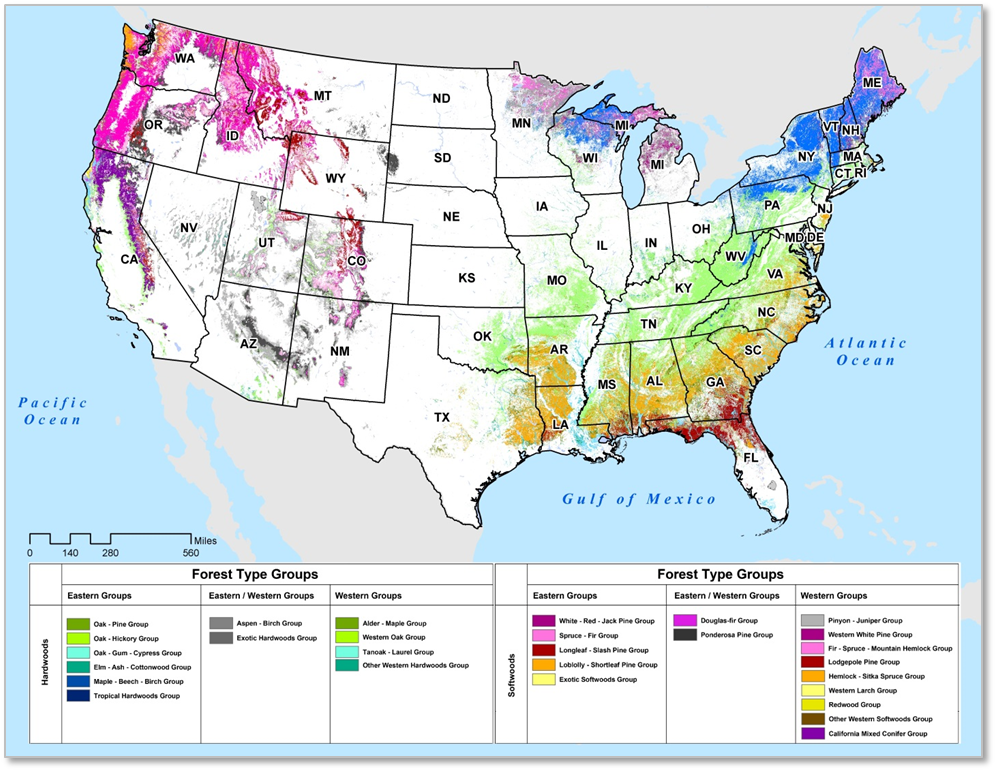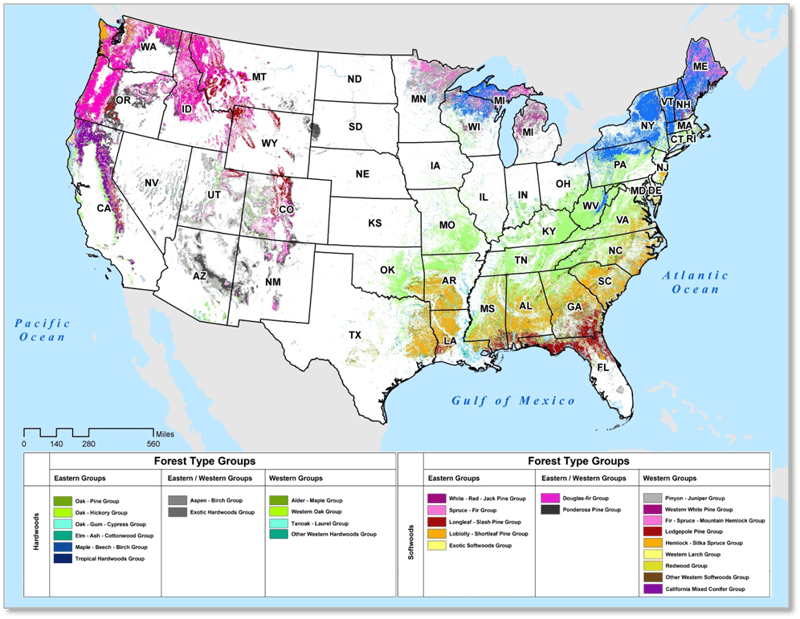
Forest management techniques and logging practices aren’t quite what they used to be. In 2018, you’re unlikely to see two men with a large saw working a huge tree down to the ground, or a forester staring through a stereoscope at aerial photos of timberland. Instead, you’re more likely to see large pieces of mobile machinery, highly specialized mill equipment, and a multitude of different technologies that have been developed specifically to improve efficiencies for the modern forest products industry.
As a company that works almost exclusively with contemporary technology, this resonates with us in a big way. In an ever-competitive global economy, we believe technology has enumerable benefits for the entire forest products supply chain, which is what drove us to create SilvaStat360. The interactivity you have with SilvaStat360’s unique pricing datasets that are most important to you—as well as current market conditions, FIA data, weather patterns and economic indicators—can help you devise actionable strategies to improve performance.
Modern Technology for Foresters
A number of popular technologies are currently being used in the field, but Geographic Information Systems (GIS) and Global Positioning System (GPS) rank at the top. Pick up a modern smartphone and you’ll see how far this technology has come in just a short period of time. For modern foresters and loggers, an array of similar handheld receivers can be used to download data gathered from GPS, which can then be input into databases that combine it with other GIS information. This data can then be added directly into spreadsheets, modeling programs, visualization applications and mapping projects. Such technology helps foresters and loggers monitor and analyze timberland health, improve transportation routing, track forest growth and maintain a database of timberland changes.
 Example of GIS mapping capabilities on a large scale.
Example of GIS mapping capabilities on a large scale.
LIDAR technology (Light Detection and Ranging) is also beneficial for modern foresters, which collects tree measurements and detailed imaging. While traditional prisms are still valuable tools, LIDAR helps to measure canopy heights and volume, basal areas and habitat mapping.
Drones are also proving to be increasingly valuable to foresters. While drones are still considered to be a hobbyist toy by many, forestry professionals use them to help with forest management planning, detecting disease and managing forest fires. For large properties, drones are a great device for assessing volume and the overall condition of tree plantations.
Most of these tools have practical applications on the ground and in the field, which result in real-world information that cannot be replaced. However, combining this information with the detailed, customizable datasets that are available in SilvaStat360 allows foresters to apply context to the information they gather in the field so they are better equipped to make more informed decisions.
All of these technologies provide incredible benefits to the forestry industry and the pace of exciting, new technological developments continues to quicken. Members of the modern forest supply chain who embrace and utilize these technologies will be well-positioned to succeed in the modern global forest economy.





